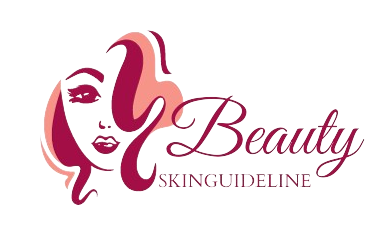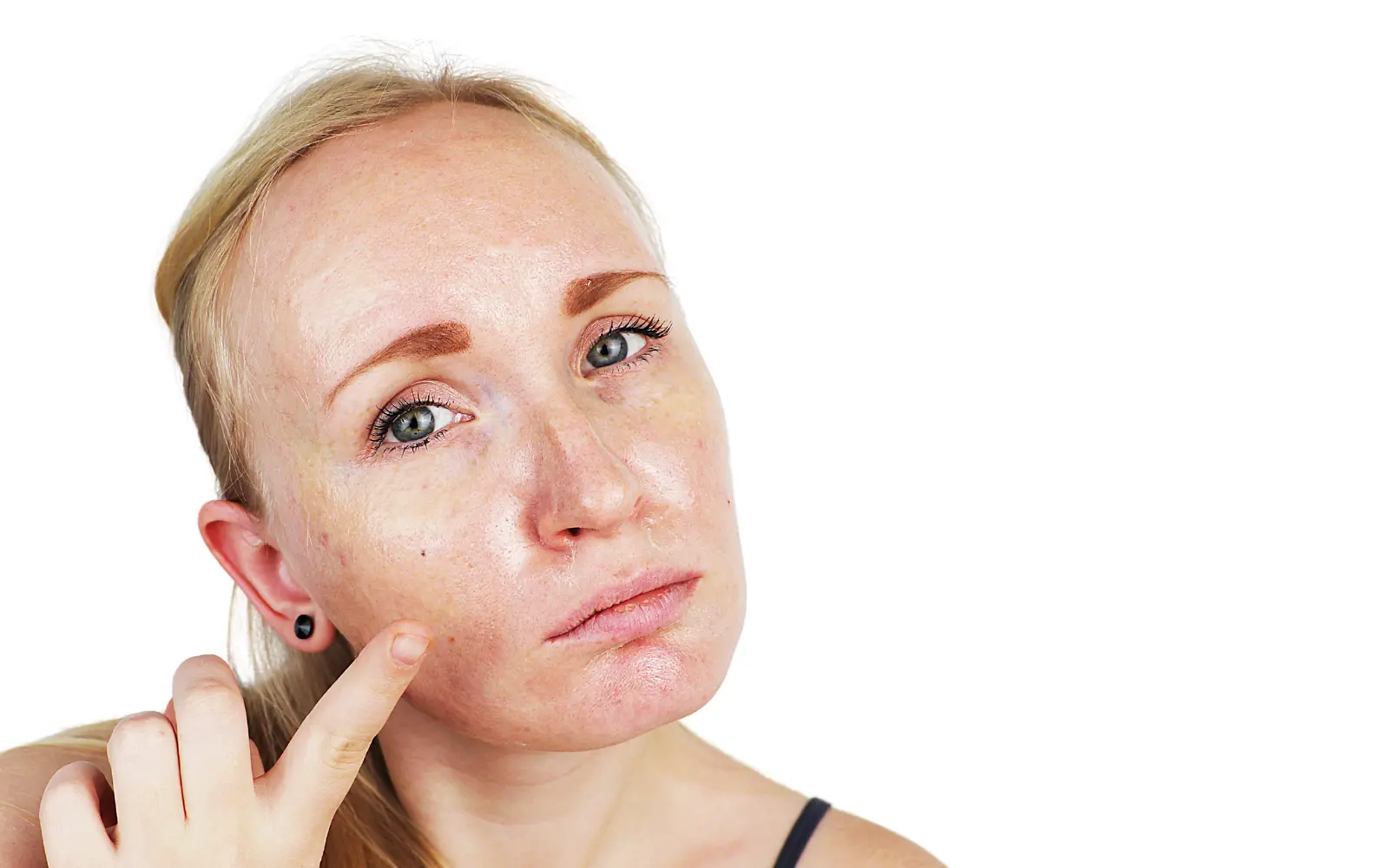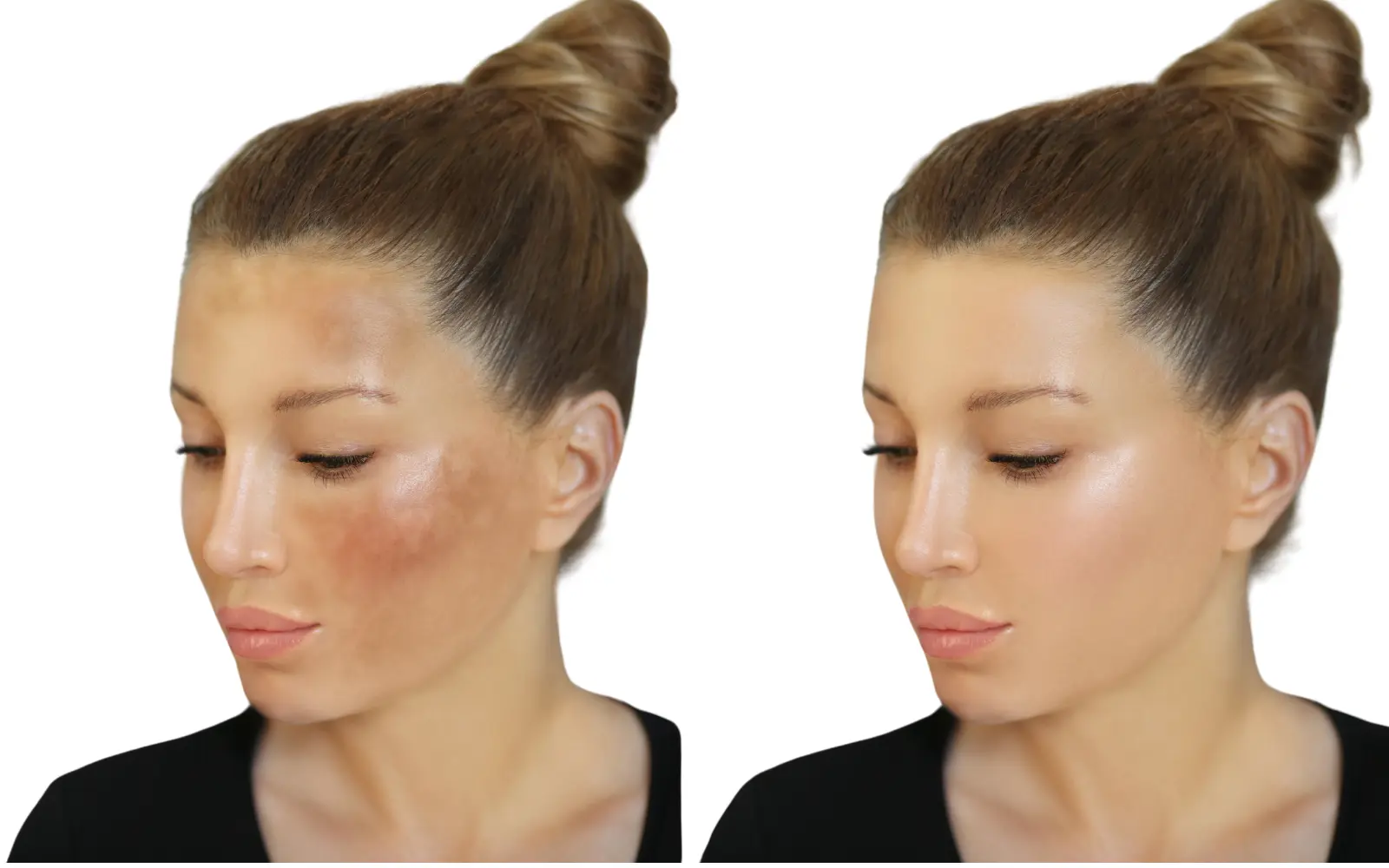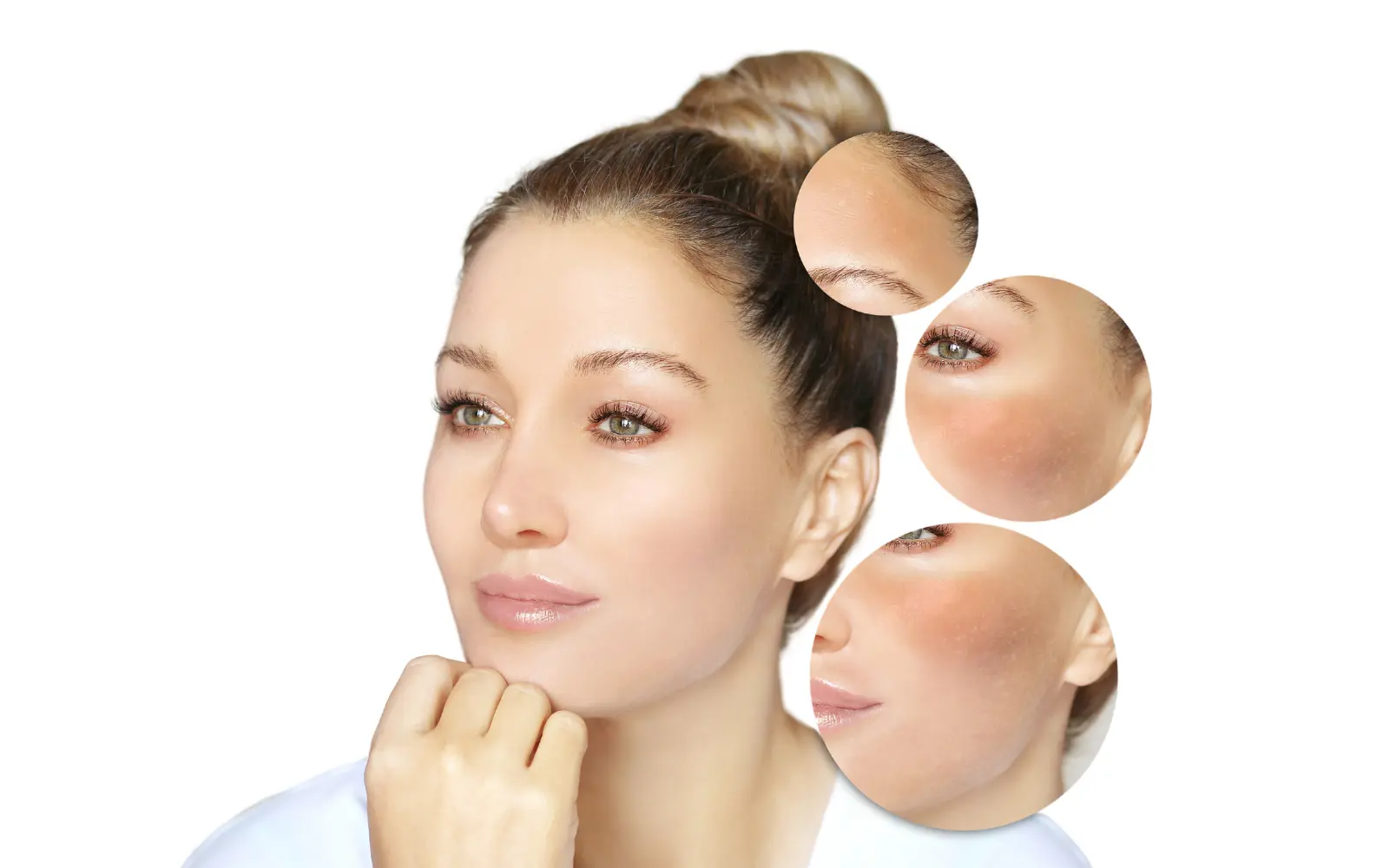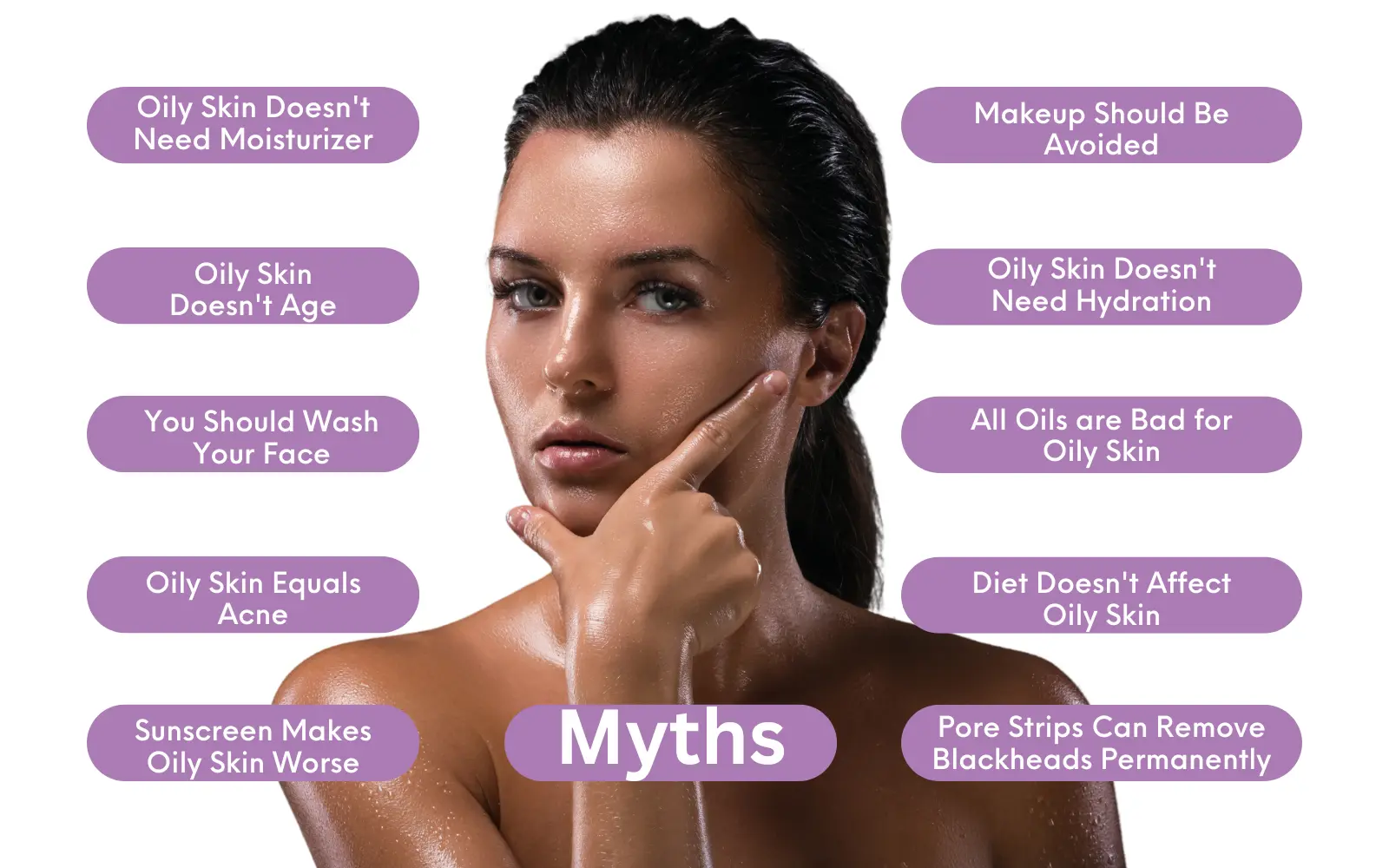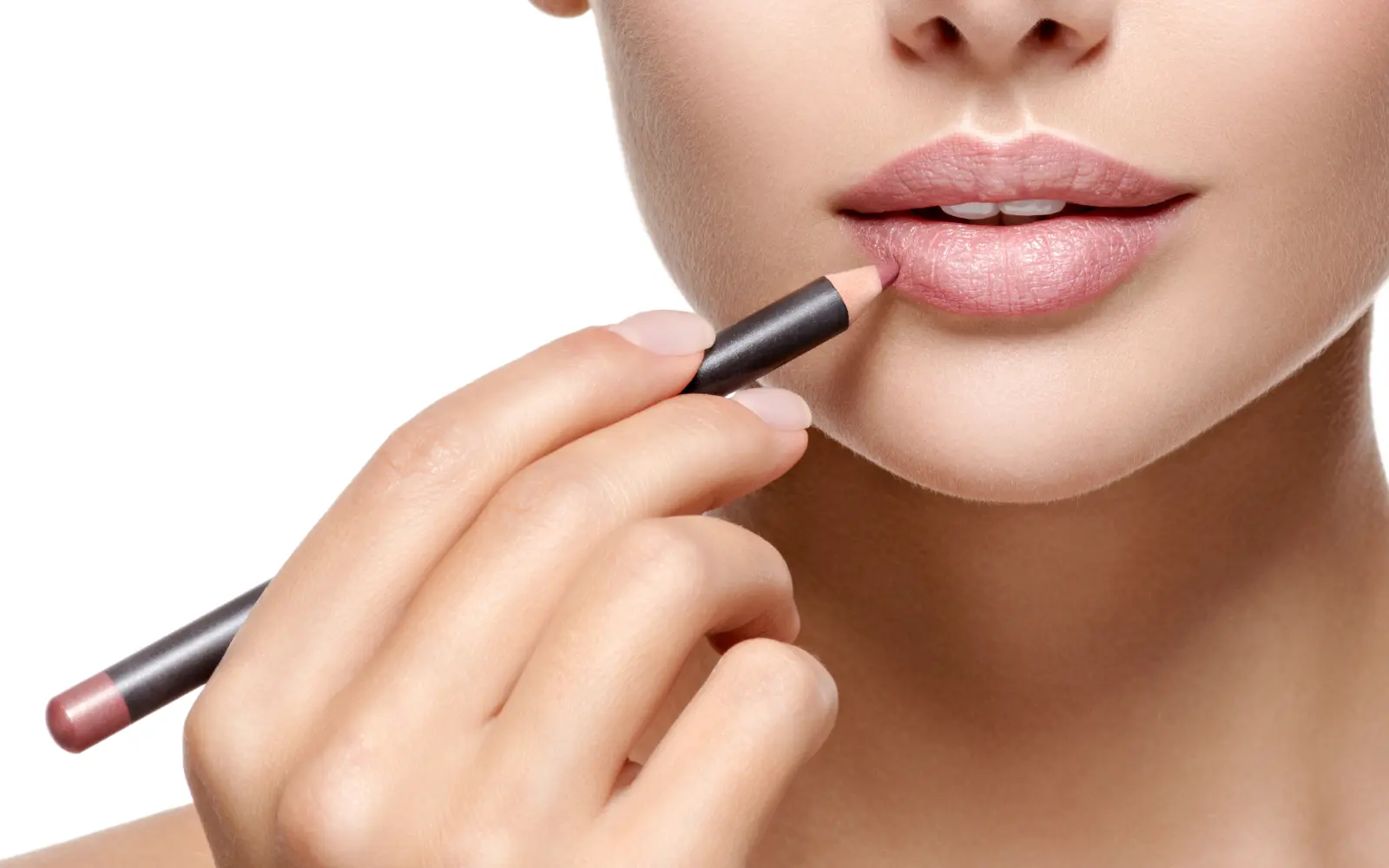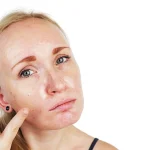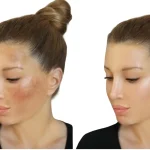What is Sun Protection Factor (SPF) Sunscreen? | Testing & Explain
Sunlight may feel good on your skin but also contains unseen threats: ultraviolet (UV) radiation. These rays may result in sunburn, premature aging, and even skin cancer. Fortunately, sunscreens may help, and the Sun Protection Factor (SPF) is an important consideration when selecting the proper one. What is the SPF (Sun Protection Factor)? The Sun Protection Factor, or SPF, is a grading system that indicates how effectively sunscreen protects skin from UVB radiation, the primary cause of sunburn. It multiplies the length of time your skin burns compared to not applying sunscreen at all. Here’s the breakdown: Higher SPF = more protection: SPF 15 filters out around 93% of UVB rays, while SPF 50 filters out approximately 98%. SPF could be a better indication: It only evaluates UVB protection, not UVA rays, which penetrate deeper and cause wrinkles and skin aging. Look for “broad spectrum” on the label to provide protection against both. SPF does not allow you to remain in the sun longer: Reapply sunscreen every two hours or more often if you exercise or swim. The relevance of SPF The significance of SPF extends well beyond just avoiding sunburn. Here’s why SPF is an essential component of your sun protection strategy: Reduces the risk of skin cancer: Skin cancer is the most common cancer in the United States, and UV rays play a significant role. Regularly using sunscreen with an SPF of 30 or higher dramatically minimizes your risk. UV rays degrade collagen and elastin, the building blocks of healthy skin, preventing premature aging. Regular sunscreen use helps to prevent wrinkles, age spots, and loss of skin suppleness. Maintains Overall Skin Health: Sun exposure may weaken your skin’s immune system and harm its natural barrier function. SPF protects your skin, keeping it healthy and robust. Prevents Sunburn and Discomfort: Of course, the most apparent advantage of SPF is that it protects your skin against sunburn, which can be uncomfortable, irritating, and harmful. Types of sunscreen (H2) How SPF works. Sunscreens function as small shields or sponges for your skin, depending on their contents. There are two significant kinds of sunscreens: Chemical sunscreens: These sunscreens include chemical molecules known as UV absorbers. These absorbers convert UV radiation into heat, which your skin then releases. This efficiently decreases UV light that penetrates your skin cells and causes damage. Mineral sunscreens: These sunscreens include mineral components such as zinc oxide and titanium dioxide. These minerals lie on the skin’s surface and operate as a physical barrier, reflecting UV radiation away from it like a mirror. Here’s a table highlighting the main differences. Important note: Both forms of sunscreen are efficient at shielding your skin from ultraviolet radiation. Some sunscreens include chemical and mineral components, providing broad-spectrum UVA and UVB protection. SPF ratings SPF ratings indicate how effectively sunscreen protects your skin from UVB radiation, the leading cause of sunburn. It’s a numerical system in which higher numbers indicate better protection. Here’s a summary of SPF ratings and their meaning: Understanding the Scale: SPF 15 blocks around 93% of UVB radiation. SPF 30 blocks around 97% of UVB radiation. SPF 50 blocks around 98% of UVB radiation. SPF 100 blocks about 99% of UVB radiation. Important factors to bear in mind: Marginal difference After SPF 30: Although the amount of UVB protection rises with SPF, the difference between SPF 30 and higher SPFs is minimal. Most individuals find that SPF 30 provides enough protection for everyday usage. Not a Perfect Measure: SPF only measures UVB protection. Sunscreens branded “broad Sun Exposure: both UVA and UVB rays. UVA rays penetrate deeper into the skin, contributing to its ageing. Doesn’t Equal More Sun Exposure: Regardless of SPF, reapply sunscreen every two hours or more often if you exercise or swim. Sunburn may still occur, so don’t depend exclusively on SPF for sun protection. Additional considerations: Who could need extra SPF? People with fair skin, a history of skin cancer, or those on drugs that cause sun sensitivity may benefit from SPF 50 or greater. SPF and Activity Level: If you plan to spend a long time outside or sweat a lot, choose a water-resistant sunscreen with a high SPF. Higher SPF ratings Higher SPF ratings provide more UVB protection, but there’s more to it than the number. Here’s a closer look at high-SPF sunscreens: Pros: SPF 50+ sunscreens block a slightly more significant proportion of UVB radiation than SPF 30. For example, SPF 30 blocks are around 97%, whereas SPF 50 blocks are approximately 98%. Cons: Diminishing Returns: The difference in protection between SPF 30 and higher SPFs is minimal. For most individuals, SPF 30 is enough protection for regular activities. Refrain from letting the larger number deceive you into believing you can spend more time in the sun. Reapplying every two hours and finding shade is crucial. Potential Drawbacks: Some high-SPF sunscreens may be: Thicker and greasier: This may make them less pleasant to wear, particularly on hot days. More expensive: You may be paying a premium for a little boost in protection. More ingredients: This may cause issues for people with sensitive skin. Who could benefit from a higher SPF? Individuals with fair skin or a history of skin cancer may need extra protection. Their skin is more vulnerable to UV damage, so the additional protection may be helpful. Individuals using drugs that enhance sun sensitivity: Some medications might make your skin more sensitive to sunburns. Individuals who engage in extended outdoor activities: A higher SPF sunscreen may provide a minor benefit if you spend hours in the noon sun. Bottom Line: SPF 30 broad-spectrum sunscreen provides enough protection for everyday usage for most individuals. However, if you fall into one of the groups listed above or desire increased security, a higher SPF sunscreen may be a better option. Additional Tips: Consider your skin type. If you have oily skin, use a high-SPF, oil-free product. If you’re going to sweat or swim, use water-resistant sunscreen. Remember that sun protection is a
What is Sun Protection Factor (SPF) Sunscreen? | Testing & Explain Read More »

